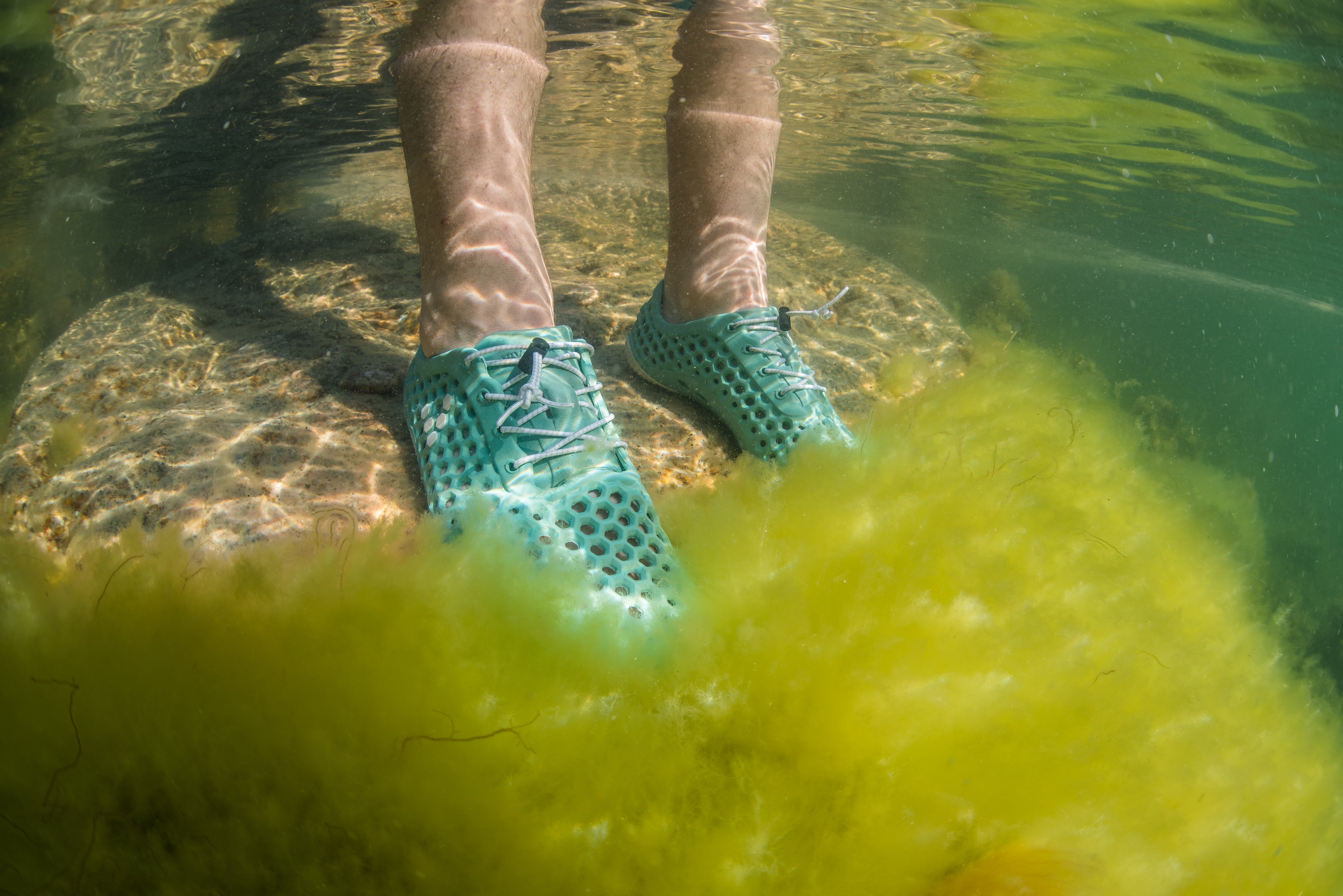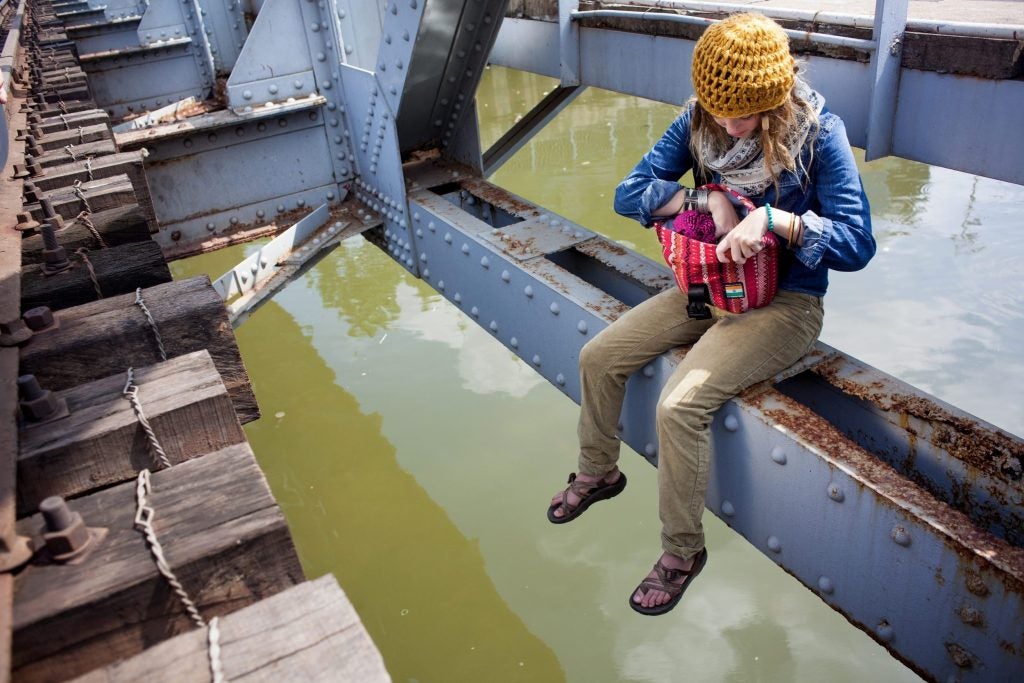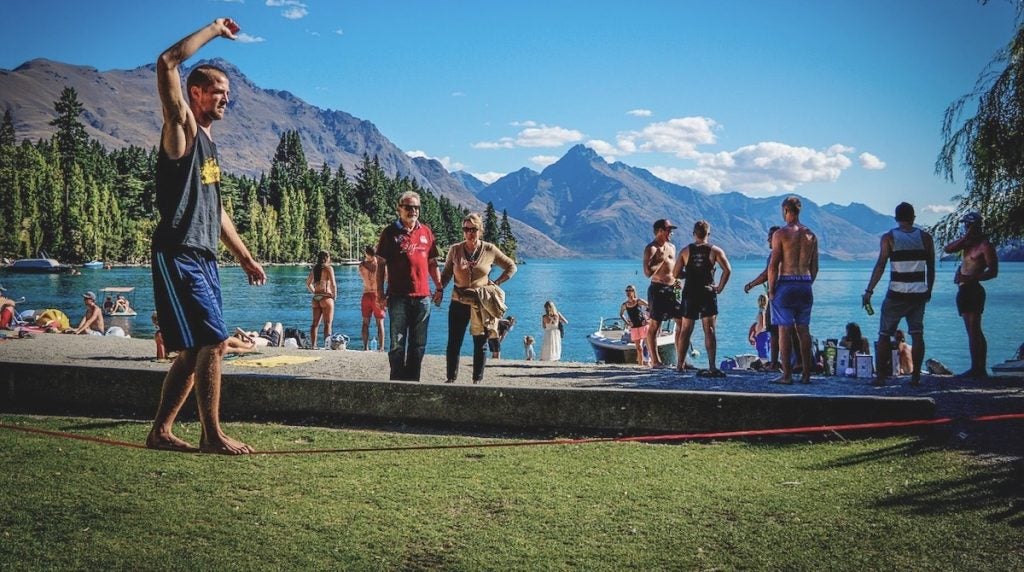What do Scofield State Park in Utah, Florida’s Pahokee State Park, New York’s Sampson State Park, and Blue Lake Regional Park in Oregon have in common?
If you guessed gorgeous waterways, lakes, and rivers, you’re close. The answer we had in mind, however, was a serious problem with algae blooms. It’s not just these locations either— in 2016, a whopping 20 states had such massive, toxic algae blooms it affected wildlife populations, seafood production, boating and fishing, and people’s’ ability to get out on the water. Yuck!
Algae blooms are caused by a variety of factors, but tend to get especially bad when there is a perfect storm of drought, excessive water runoff, and over use of fertilizers in farming. Lakes can be especially hard hit if they have multiple sources that wind through rich farmland. All that nitrogen and phosphorus tilled into the fields eventually ends up in one place, and provides great food for stinky, invasive blue-green algae. In the worst cases, the blooms can even be seen from space, like the one that overtook Florida’s Lake Okeechobee a couple years ago.
If there’s one place in the country that certainly knows the impact of a gnarly algae bloom, it’s Mississippi. The state is well acquainted with what happens when a river’s health is compromised, and what it’s like to live downstream. The Mississippi Delta is not only the mouth where the river meets the sea, it’s also starting to become the mouth of a vast dead zone caused by excess algae and other pollutants mucking up an area the size of New Jersey.
It isn’t surprising, then, that Mississippi is also home to a company trying to develop a solution to the country’s growing algae problem. Bloom Foam, founded in 2015, has found a way to turn some of that excess algae into a plastic-like foam that’s good for all sorts of thing, including making tough, sustainable outdoor gear. They’re working on all kinds of products, focusing on gear that’s traditionally made from petrochemicals like camping pads and can instead be made from algae. Then they partner with other manufacturers to make those products come to life.
https://www.instagram.com/p/BehilhZgs7F/?utm_source=ig_embed
That’s how Bloom Foam teamed up with Vivobarefoot last year. They developed rugged minimalist shoes, the Ultra III Bloom. These kicks are perfect for hiking, trail running, kayaking, and stand up paddle boarding, and are made from the same substance that is endangering our favorite aquatic outdoor spaces. As Vivobarefoot notes on their site, “every pair helps to re-circulate 57 gallons of filtered water back into natural habitats and prevents the equivalent of 40 balloons full of CO2 being released into the Earth’s atmosphere.”
Of course it’s going to take more than some really rad vegan shoes to resolve the threat to our ecosystems (seriously, though, check these awesome amphibious shoes out). We need the agricultural industry to make major changes, and we all need to address climate change and be more mindful of water conservation. That said, every little bit helps. The more people who invest in ethical gear, the more companies might get on board with sustainable materials and manufacturing processes.
It’s a win-win. Less stuff made out of oil, more stuff made out of algae — and we all get to enjoy our lakes and rivers a little longer. Whether you’re dreaming up a canoe trip along Lake Norris, kayaking the legendary Boundary Waters, or camping in Louisiana bayous, water-lovers benefit from less algae and tougher shoes.
You can win free gear like these vegan shoes from Vivobarefoot and 19 other outdoor brands by reviewing campgrounds on The Dyrt. Share past camping experiences, photos, and videos to earn points towards monthly prizes in The 2018 Great Camping Giveaway!
The Dyrt is the only camping app with all of the public and private campgrounds, RV parks, and free camping locations in the United States. Download now for iOS and Android.Popular Articles:
Articles on The Dyrt Magazine may contain links to affiliate websites. The Dyrt receives an affiliate commission for any purchases made by using such links at no additional cost to you the consumer.



